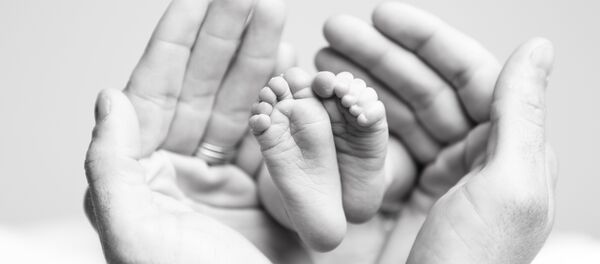"It is usually the young people who need contraceptives the most who end up not using them," Tuulia Råmark, Development Director at the Family Federation of Finland, pointed out to Finnish national broadcaster Yle.
According to Råmark, underprivileged young people, as well as people in more disadvantaged social and economic situations, are those who are least likely to use contraception. In order to be most effective, she argued, contraception campaigns need to be aimed at high school students.
The experience of previous local campaigns indicated clearly that free contraception neither led to young people having sex more often, nor behaving irresponsibly with respect to sex. On the contrary, the evidence pointed in the opposite direction.
"It is gratifying that abortions among minors are decreasing," Oskari Heikinheimo, a physician at the Helsinki and Uusimaa District Hospital, told Yle. "I hope that the health care reform brings uniform practices regarding birth control in municipalities. Nobody should go without contraception in Finland for lack of money," Heikinheimo added.
The Finnish Ministry of Social Affairs and Health has funded a campaign to distribute 65,000 condoms and information sheets to eighth-graders this autumn. The campaign aims to educate teens about the use of condoms in order to preventing the spread of STDs.
In the Finnish city of Vantaa, teens have received free contraceptives since 2012. Local girls are free to choose between intra-uterine devices and birth control pills, while condoms are free at local health centers.
"You are free to take as many condoms as you want, but no one takes more than one or two, three at the utmost," Eija Väänänen, a nurse at the Myyrmäki health center, told Yle earlier this year.




